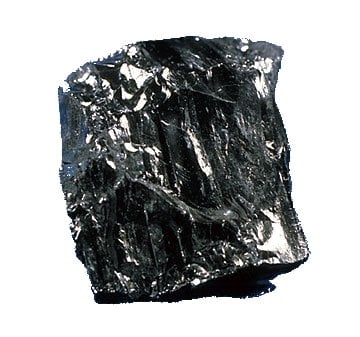The “Hard-Landing” Has Arrived: Chinese Coal Company Fires 100,000

The global commodity collapse is finally starting to take its toll on what China truly cares about: the employment of the tens of millions of currently employed and soon to be unemployed workers.
On Friday, in a move that would make even Hewlett-Packard’s Meg Whitman blush, Harbin-based Heilongjiang Longmay Mining Holding Group, or Longmay Group, the biggest met coal miner in northeast China which has been struggling to reduce massive losses in recent months as a result of the commodity collapse, just confirmed China’s “hard-landing” has arrived when it announced on its website it would cut 100,000 jobs or 40% of its entire 240,000-strong labor force.
Impacted by the slump in coal prices, the group saw its loss over January-August surged more than 1.1 billion yuan ($17.2 million) from the year before. In the first half of 2015, the group closed eight coking coal mines most of which had approached the end of their mining lives, due to poor production margins amid bleak sales.
Chaiman of the group Wang Zhikui said the job losses were a way of helping the company “stop bleeding.” The heavily-indebted company also plans to sell its non-coal related businesses to help pay off its debts, said Wang. The State-owned mining group has subsidiaries in Jixi, Hegang, Shuangyashan and Qitaihe in Heilongjiang province, which account for about half the region’s coal production.
According to China Daily, last year, Longmay launched a management restructuring and cut thousands of jobs to stay profitable, amid the overall industry decline. However, the company still reported around 5 billion yuan ($815 million) in losses.
It has been a dramatic fall from grace for the company, which in 2011 reported 800 million yuan in profit with annual production exceeding 50 million metric tons.
Experts said staff costs remain a major reason for the company’s continued heavy losses. That, and the ongoing collapse in met coal prices of course.
Last year its coal production stood at 49 million tons, just 10 percent that of Shenhua Group Corp Ltd, China’s biggest coal producer. But Longmay’s workforce remains well above that of Shenhua’s 214,000 in total.
The announcement came in the midst of Chinese president Xi Jinping’s ongoing tour to the United States, where he assured politicians and businessmen that China’s economy will achieve the targeted 7% growth in gross domestic product.
It gets worse, especially in a worst case scenario: Longmay also has 180,000 pensioners to take care of, with life-long payments covering pensions and medical insurance, which are also considered a huge financial burden. As China Daily notes, “Personnel is probably its largest cost,” said Deng Shun, an analyst at Shanghai-based energy consultancy ICIS C1 Energy.
Actually many traditional State-owned coal enterprises are facing the same kind of problem. It has become more severe as the industry remains on a downward trend.
Deng also cautioned on the social problems that massive layoffs may cause, suggesting a reduction in welfare or salaries might be a better way to cut back on costs.
The shocking move is a harbinger of more pain for not only the local government-backed and heavily indebted company, with an eventual bankruptcy looking increasingly probable unless met coal prices don’t stage a miraculous rebound, but China’s entire coal sector, which in recent years has been a source of millions of jobs to China’s unskilled labor force.
And as China’s commodity bubble bursts, and the fixed-investment surge mean reverts, the coal industry is set to become a source of millions of job losses.
Incidentally, far more than the Chinese stock bubble burst, or even the credit and housing bubble, the implications from mass defaults of coal companies are precisely what is keeping Beijing up at night.
As the WSJ reported in a piece earlier this week, “for decades, an army of migrant workers drove China’s boom times, flocking to its cities to sew T-shirts, assemble iPhones, or build apartment blocks and Olympic stadiums. The arrangement helped millions of poor, rural Chinese join a new consumer class, though many also paid a heavy price.
The paper of record adds:
now, many migrant workers struggle to find their footing in a downshifting economy. As factories run out of money and construction projects turn idle across China, there has been a rise in the last thing Beijing wants to see: unrest.
Because if there is one thing China’s politburo simply can not afford right now, is to layer public unrest and civil violence on top of an economy which is already in “hard-landing” move. Forget black – this would be the bloody swan that nobody could “possibly have seen coming.”
As for the future of China’s unskilled labor industries, the Fifth Element’s Jean-Baptiste Emanuel Zorg has a good idea of what’s coming.


